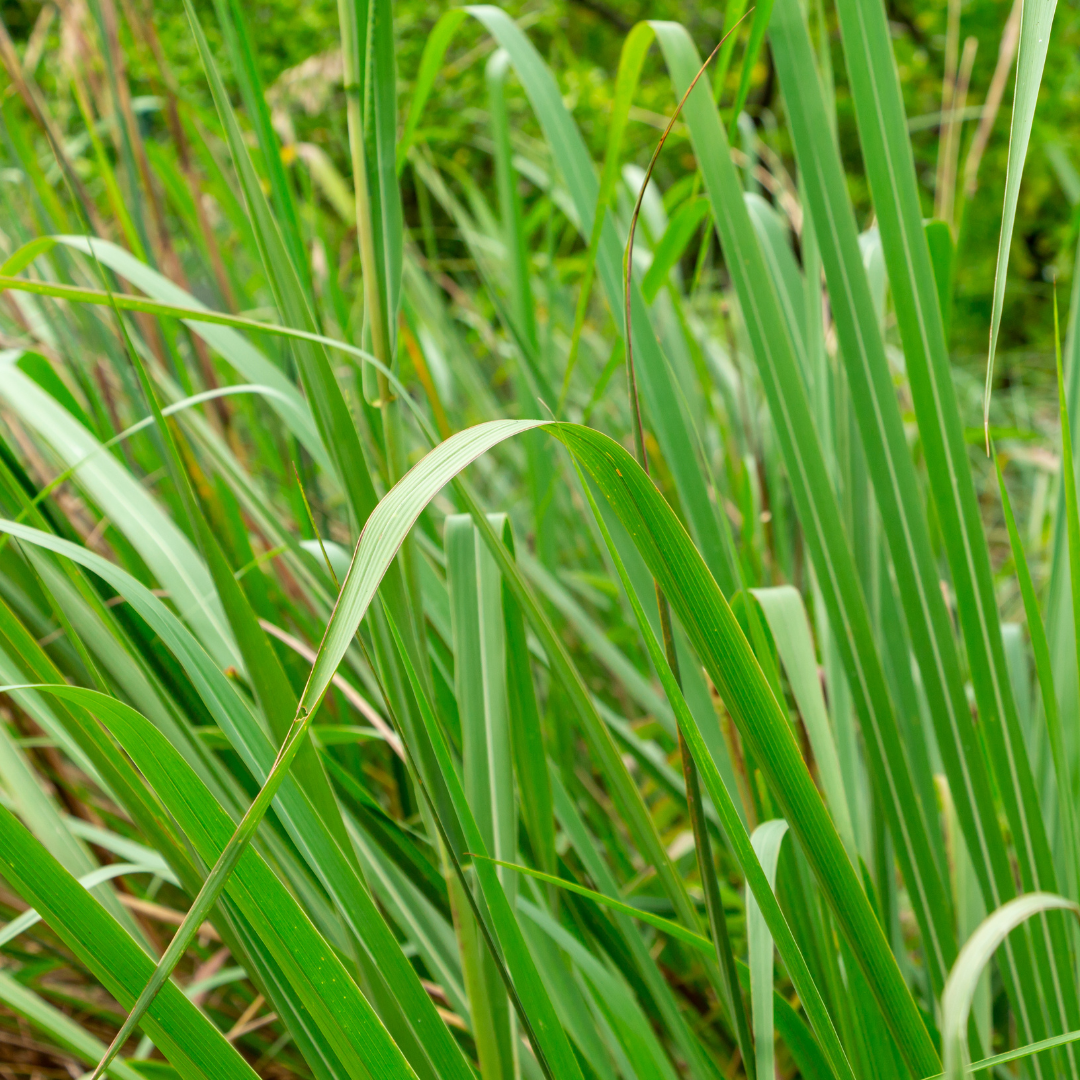Fakahatchee Grass
Tripsacum dactyloides
Tripsacum dactyloides

Fakahatchee grass is a pillar of Florida landscaping and ecosystems making it a crucial species for all to know. Similar to other grasses, this species is characterized by long its long blades and clumped appearance. The foliage has small teeth-like structures running along its edge, which is important to watch out for.
This grass can get anywhere from 4 to 6 feet wide and tall at maturity. For a smaller plant with a similar look, consider dwarf Fakahatchee grass (Tripsacum floridanum). Both species make great accents anywhere on your landscape.
Grasses (as a general) do well in disturbed areas. This is because of their deep root systems, which helps them hold in soil and nutrients. Fakahatchee grass is a marginal species, meaning that it grows best on the edge of an ecosystem. Particularly, Tripsacum dactyloides prefers inundated sites, such as river banks, swamps, and hammocks. However, it can acclimate to dry conditions. It prefers full sun, but tolerates some shade. This a very hardy species that can acclimate to a wide range of environmental conditions. That is what makes it so great!
By: Maya Frere
This grass can get anywhere from 4 to 6 feet wide and tall at maturity. For a smaller plant with a similar look, consider dwarf Fakahatchee grass (Tripsacum floridanum). Both species make great accents anywhere on your landscape.
Grasses (as a general) do well in disturbed areas. This is because of their deep root systems, which helps them hold in soil and nutrients. Fakahatchee grass is a marginal species, meaning that it grows best on the edge of an ecosystem. Particularly, Tripsacum dactyloides prefers inundated sites, such as river banks, swamps, and hammocks. However, it can acclimate to dry conditions. It prefers full sun, but tolerates some shade. This a very hardy species that can acclimate to a wide range of environmental conditions. That is what makes it so great!
By: Maya Frere
